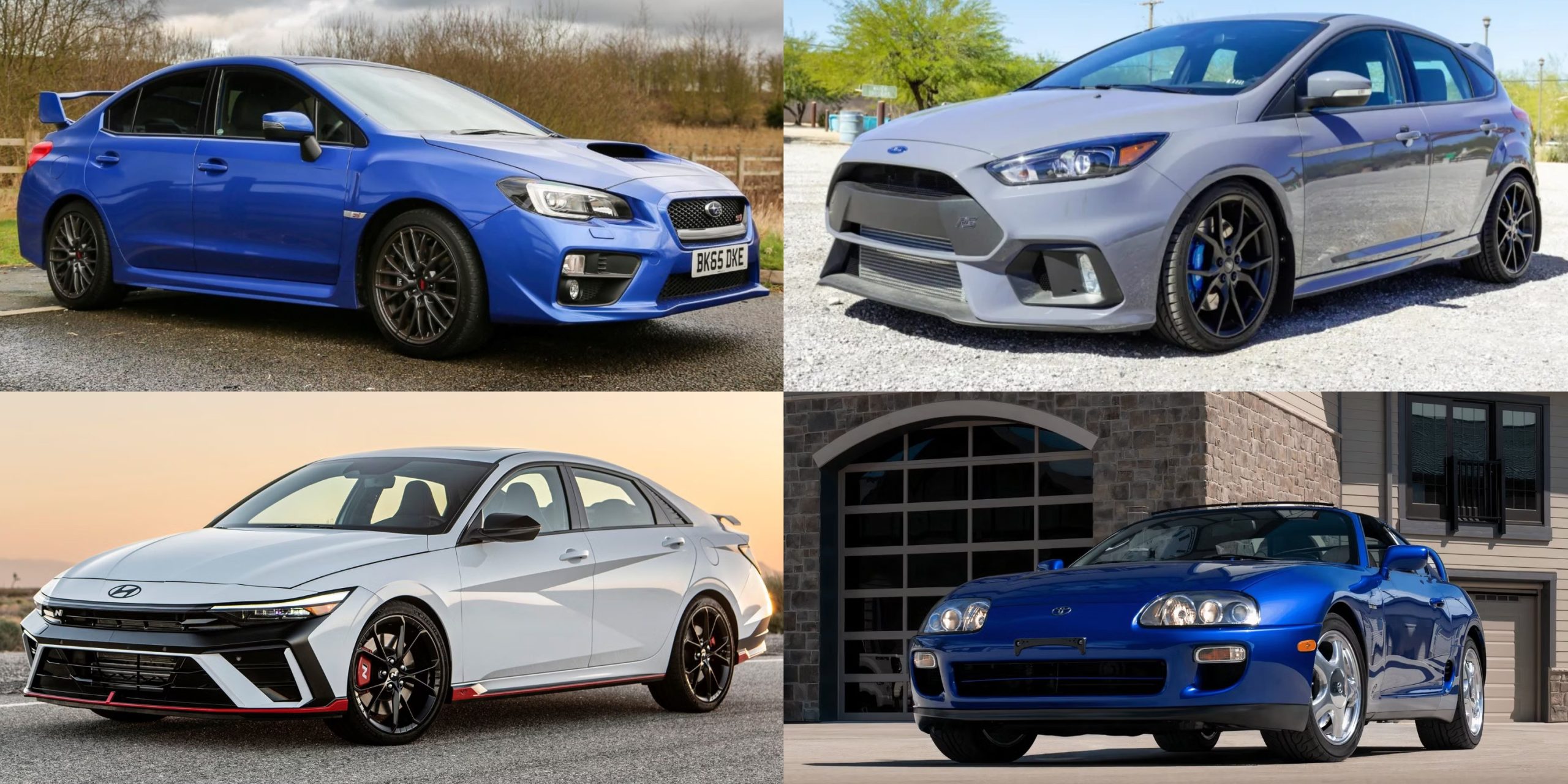Turbocharged engines have become a staple in modern automotive engineering, offering a blend of performance and efficiency.
However, not all turbocharged vehicles are created equal. While some are lauded for their reliability and longevity, others are notorious for frequent breakdowns and costly repairs.
In this article, we look at six turbocharged cars renowned for their dependability and six that have gained a reputation for blowing up easily.
Also Read: 5 Cars With Great Factory Warranties and 5 With Useless Coverage
5 Reliable Turbocharged Cars
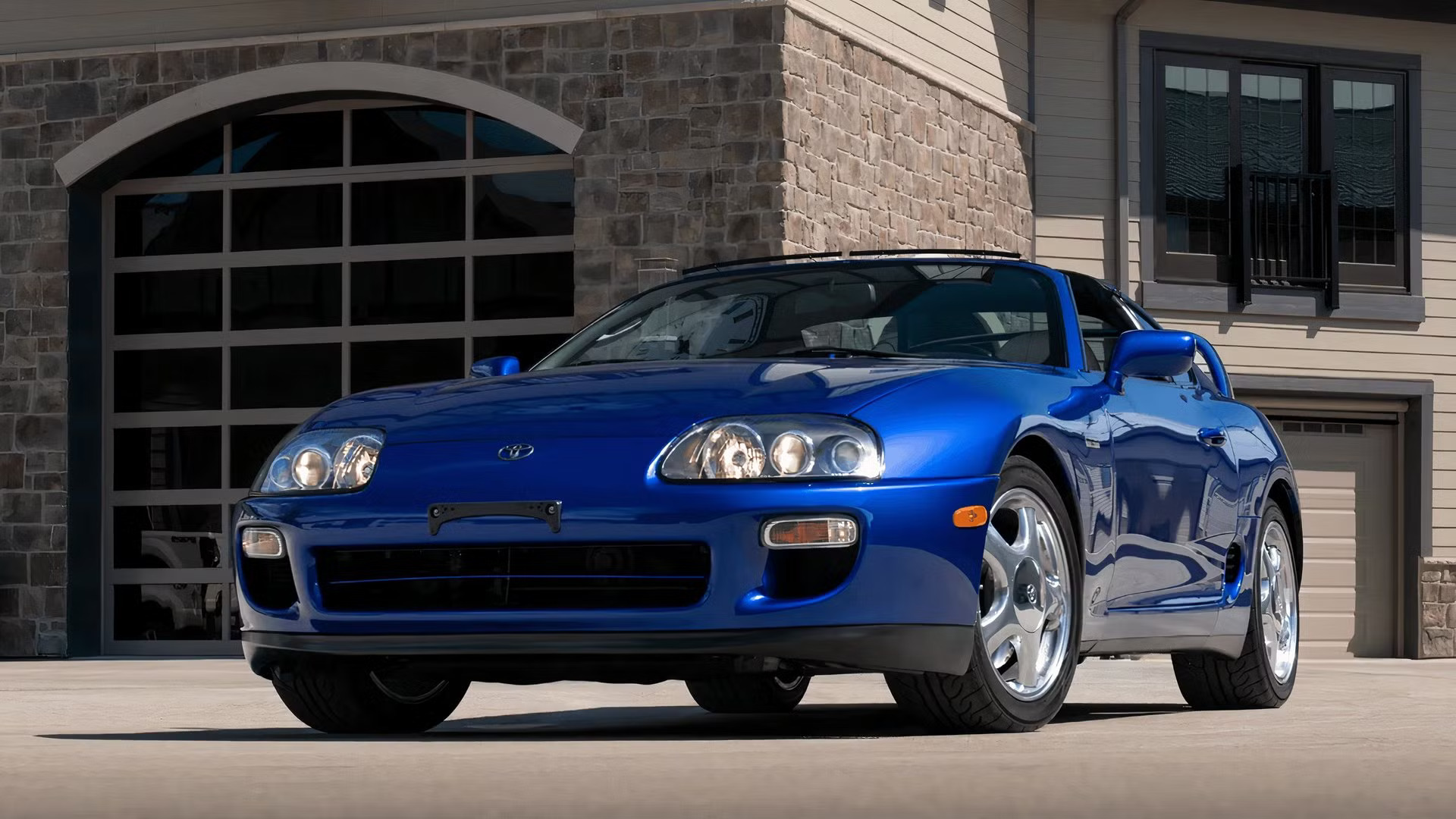
1. Toyota Supra Mk IV (2JZ-GTE VVT-i)
The Toyota Supra Mk IV, equipped with the legendary 2JZ-GTE VVT-i engine, is a benchmark in turbocharged reliability. This 3.0L twin-turbo inline-six engine is renowned for its robustness and tuning potential.
With a cast iron block and forged internals, it can handle significant power upgrades without compromising longevity. Enthusiasts have consistently praised the 2JZ-GTE for its ability to withstand high horsepower levels, making it a favorite among tuners and racers.
Beyond its performance capabilities, the Mk IV Supra’s engine design emphasizes durability. The sequential twin-turbo system ensures efficient power delivery, while the intercooler maintains optimal intake temperatures.
Regular maintenance, such as timely oil changes and monitoring of boost levels, further enhances the engine’s lifespan. Owners who adhere to these practices often report minimal issues over extended periods.
The Supra’s reputation for reliability isn’t just anecdotal; it’s backed by years of real-world performance. Many owners have documented their experiences, highlighting the engine’s resilience even under demanding conditions.
Whether used for daily driving or track events, the 2JZ-GTE continues to set standards for turbocharged engine reliability.

2. Hyundai Elantra N (2024)
The 2024 Hyundai Elantra N stands out as a testament to how modern engineering can deliver both performance and reliability. Powered by a 2.0-liter turbocharged inline-four engine producing 276 horsepower, it offers exhilarating acceleration and handling.
Despite its sporty nature, the Elantra N has garnered praise for its build quality and dependability.These accolades are a result of Hyundai’s rigorous testing and quality control processes, ensuring that the Elantra N performs reliably over time.
Owners have reported minimal issues with the Elantra N, and maintenance costs are relatively low compared to other performance sedans. The combination of a strong warranty and a reputation for durability makes the Elantra N an attractive option for those seeking a reliable turbocharged vehicle.

3. Porsche 911 Carrera GTS (2024)
The 2024 Porsche 911 Carrera GTS exemplifies the pinnacle of engineering excellence, blending performance with reliability. Equipped with a 3.0-liter twin-turbocharged flat-six engine producing 473 horsepower, it delivers exhilarating acceleration and top-tier handling.
With a reliability rating of 87 out of 100, the 911 Carrera GTS stands out in the luxury sports car segment. Owners have praised its build quality, with many reporting minimal issues even after years of ownership.
Porsche’s rigorous testing and attention to detail contribute to the vehicle’s longevity and dependability.
Maintenance for the 911 Carrera GTS is in line with other high-performance vehicles, but its reliability ensures that owners can enjoy the driving experience without frequent visits to the service center. The 911 Carrera GTS is a testament to how precision engineering can result in a turbocharged vehicle that stands the test of time.
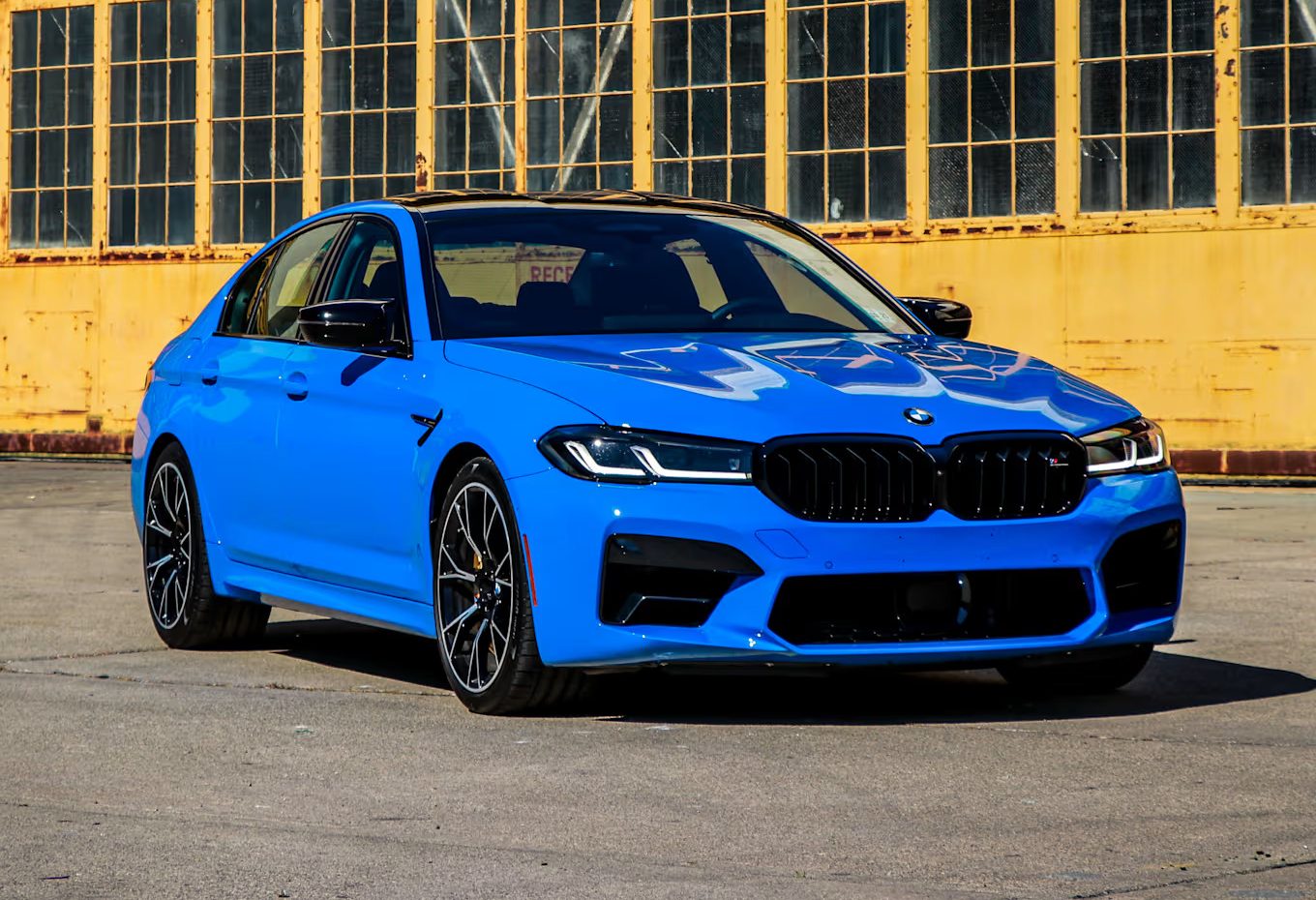
4. BMW M5 Competition (S63 V8 Twin-Turbo)
The BMW M5 Competition, powered by the S63 4.4L twin-turbo V8 engine, is a powerhouse that doesn’t compromise on reliability.
Introduced in 2011, this engine has undergone continuous refinement, incorporating features like twin-scroll turbochargers and Valvetronic variable valve lift for optimized performance. With outputs reaching up to 617 horsepower, the S63 engine delivers exhilarating acceleration and top-tier performance.
Despite its high-performance nature, the S63 engine has demonstrated commendable reliability.
Owners have reported minimal issues, and BMW’s rigorous engineering standards ensure that the engine maintains its performance over time. Regular maintenance and adherence to service intervals further enhance the engine’s longevity.
The M5 Competition’s combination of power and reliability makes it a standout in the luxury sports sedan segment. Whether used for daily driving or track events, the S63 engine continues to set standards for turbocharged engine performance and dependability.
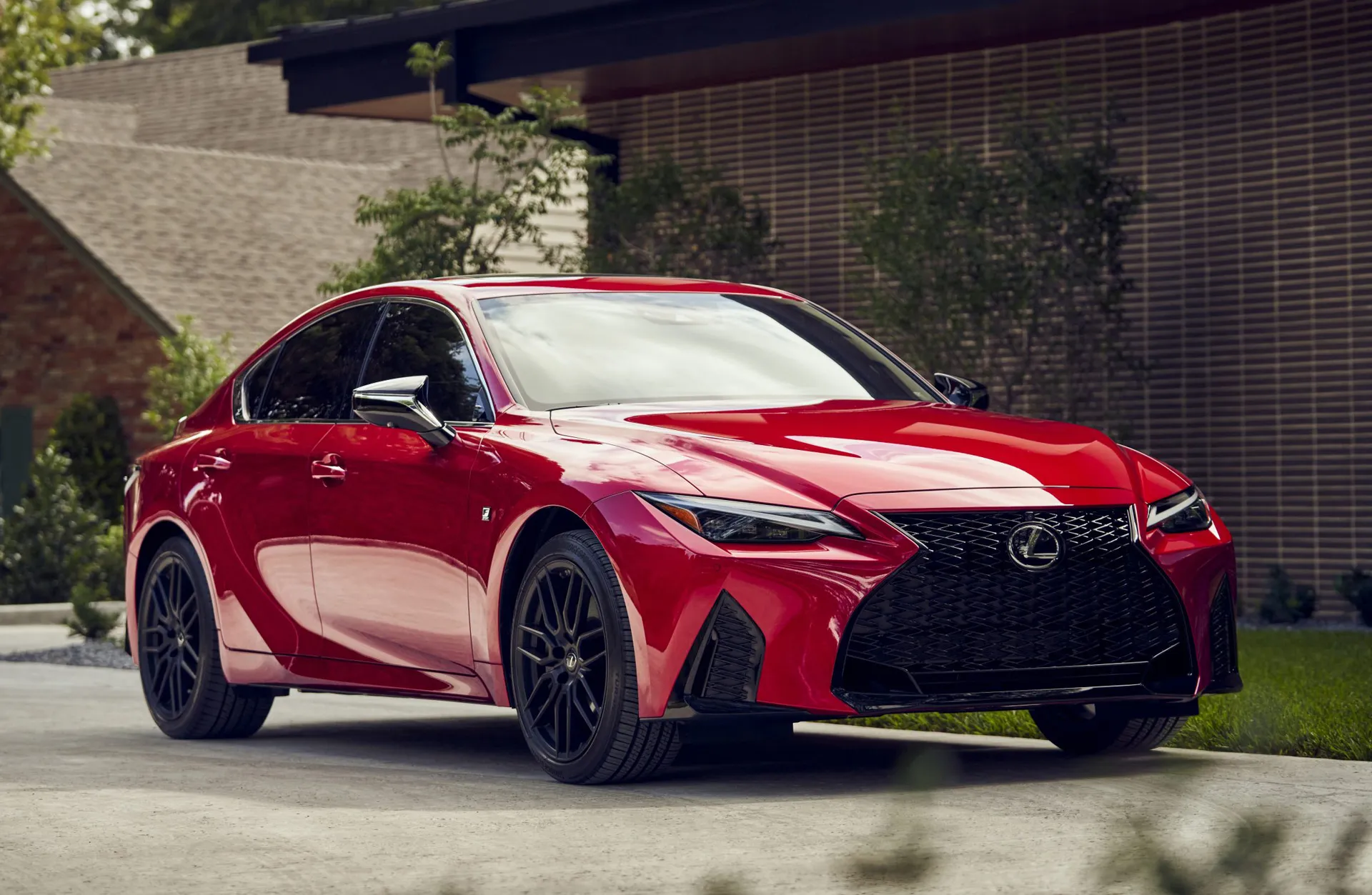
5. Lexus IS 300 (2024)
The 2024 Lexus IS 300, featuring a 2.0-liter turbocharged four-cylinder engine, exemplifies Lexus’s commitment to reliability in the luxury sedan market. The IS 300 stands out for its build quality and dependability. Lexus, backed by Toyota’s reputation, ensures that the IS 300 performs reliably over time.
Owners have reported low maintenance costs, with an average yearly maintenance expense of $543. The IS 300’s design emphasizes durability, and its turbocharged engine offers a balance of performance and efficiency. The vehicle’s reliability makes it an attractive option for those seeking a dependable luxury sedan.
The IS 300’s combination of performance, luxury, and reliability underscores Lexus’s dedication to quality engineering. Whether used for daily commuting or long-distance drives, the IS 300 delivers a consistent and enjoyable driving experience.
5 Turbocharged Cars That Blow Up Easily
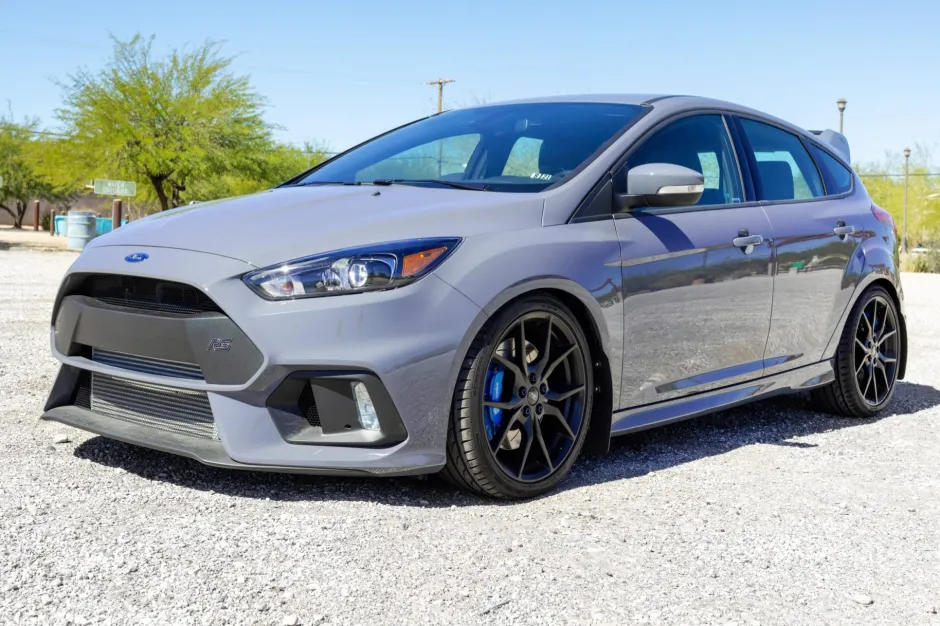
1. Ford Focus RS (2016–2018)
The Ford Focus RS was a dream come true for enthusiasts when it debuted — a turbocharged hot hatch with all-wheel-drive, rally-inspired dynamics, and a potent 2.3-liter EcoBoost engine. But what seemed like a perfect package quickly revealed troubling issues under the hood.
The RS became infamous for its head gasket failures, often occurring at low mileage. This defect led to significant engine damage, including warped cylinder heads, which in some cases required complete engine replacements.
Ford eventually acknowledged the problem and issued a service bulletin, but not all owners were covered. The issue stemmed from the RS using the wrong type of head gasket — originally designed for the Mustang EcoBoost — which didn’t seal properly in the Focus RS’s engine.
While some vehicles were fixed under warranty, others left owners footing a massive repair bill. The resulting backlash dented the car’s reputation, despite its otherwise excellent performance credentials.
Owners who experienced engine failure reported loss of coolant, white smoke from the exhaust, and overheating — all signs that the engine was on the verge of catastrophic failure.
While the RS is still a blast to drive when it works, its potential to “blow up” due to engine design flaws makes it one of the least reliable turbocharged cars in its class.
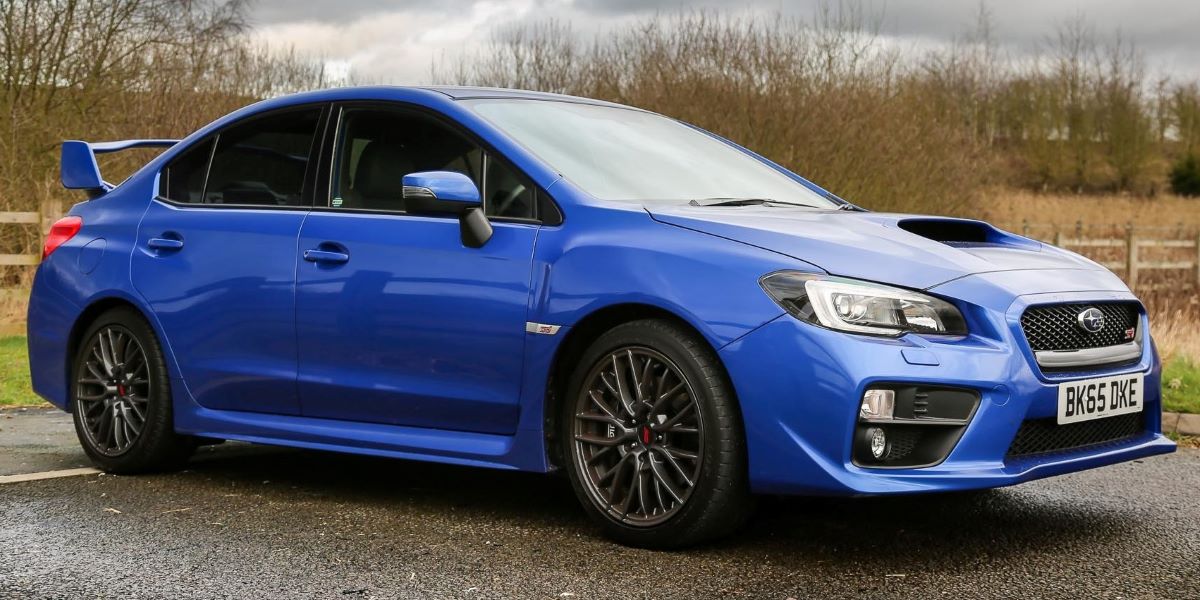
2. Subaru WRX STI (Pre-2022 Models)
Subaru’s WRX STI has a long-standing rally heritage and cult following, but its EJ25 engine, particularly in pre-2022 models, has been plagued with issues for years.
The turbocharged 2.5-liter flat-four has a reputation for spinning rod bearings, cracking ring lands, and suffering head gasket leaks. These failures often result in complete engine rebuilds, especially if the car was modified or aggressively driven.
One of the core problems with the EJ25 is its age. Originally introduced in the late ’90s, the engine architecture has seen incremental updates but is fundamentally outdated.
It’s known for being finicky when it comes to oil pressure and heat management, two critical factors for turbocharged reliability. Combine this with the WRX STI’s aggressive tuning and often hard-driven nature, and you have a recipe for failure.
Subaru loyalists may argue that careful maintenance and conservative tuning can prevent issues, but the reality is that many WRX STIs don’t make it past 100,000 miles without some kind of major engine work. Despite its iconic status, the older STI models are high-risk when it comes to turbocharged reliability.
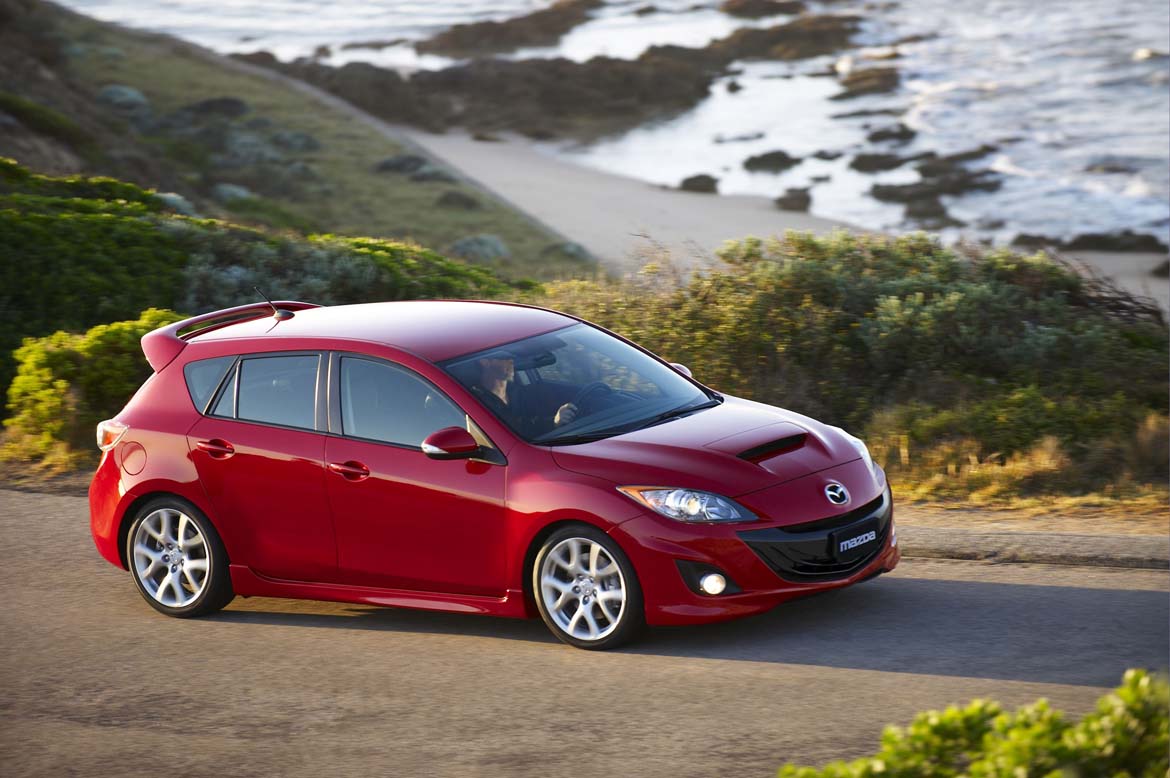
3. Mazdaspeed3 (2007–2013)
The Mazdaspeed3 is a turbocharged hot hatch that earned praise for its fun factor and performance. Powered by a 2.3-liter DISI turbo engine, it packed a serious punch for its class.
Unfortunately, it also came with serious reliability issues. The most notorious of these is premature engine failure caused by weak connecting rods, oil starvation, and detonation under load.
Mazda’s turbocharged four-cylinder was known to develop significant knock at high RPMs, particularly if the car was modified or poorly maintained.
The stock intercooler setup also contributed to inconsistent air temperatures, which further increased the chances of detonation. Some owners reported engine failure as early as 60,000 miles, especially under spirited driving conditions.
Another common issue involved the turbocharger itself, which could fail due to oil coking, where oil burns and clogs the turbo lines. Without proper aftermarket solutions or diligent upkeep, the Mazdaspeed3’s engine often became a ticking time bomb.
While it remains a favorite among budget performance enthusiasts, it’s a car that many mechanics have seen on the wrong side of a tow truck.
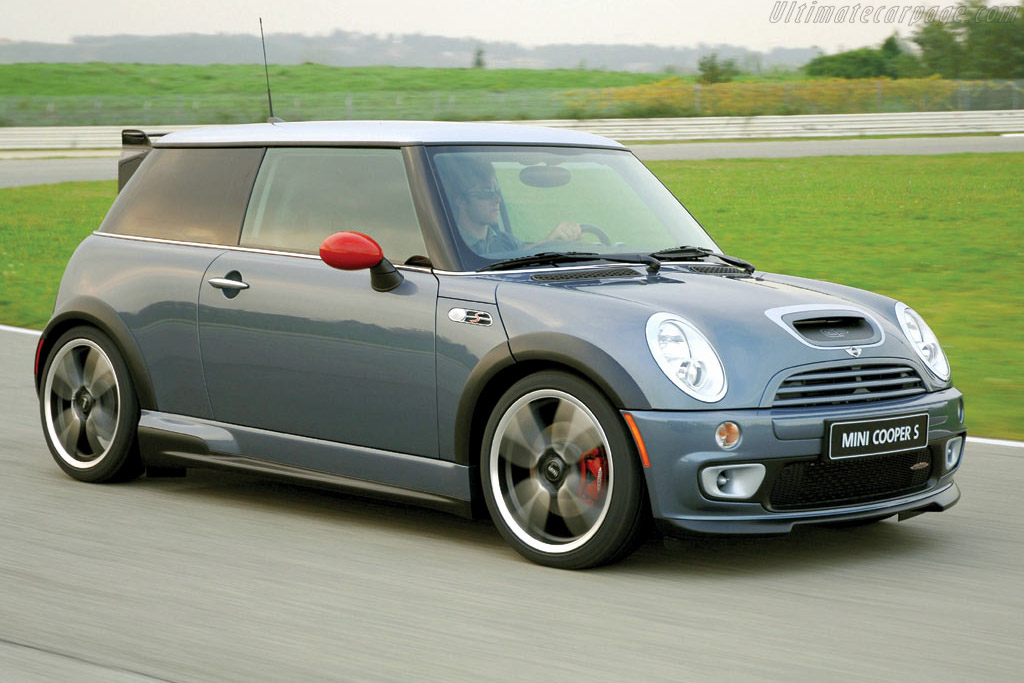
4. Mini Cooper S (2007–2015)
Mini Coopers are known for their charm and style, but under the hood, early turbocharged Cooper S models had a rough track record.
The N14 engine, found in models between 2007 and 2010, was especially troublesome. It was infamous for carbon buildup on intake valves, timing chain failures, and turbocharger issues — all of which could lead to sudden engine failure.
One of the most common problems was the timing chain tensioner, which could fail and cause the chain to skip or break, leading to catastrophic engine damage.
The turbocharged engine also suffered from oil leaks and high oil consumption, often masked by the vehicle’s small oil capacity. These problems were compounded by expensive repair costs and limited access to internal engine components.
The N18 engine, introduced later in the R56 generation, was more reliable but still far from trouble-free. Owners often faced ongoing issues even with routine maintenance. Mini’s luxury pricing for parts and labor made repairs financially painful, further tarnishing the car’s appeal.
Despite its peppy performance and unique design, the Cooper S from this era is a risky choice for those seeking turbocharged dependability.
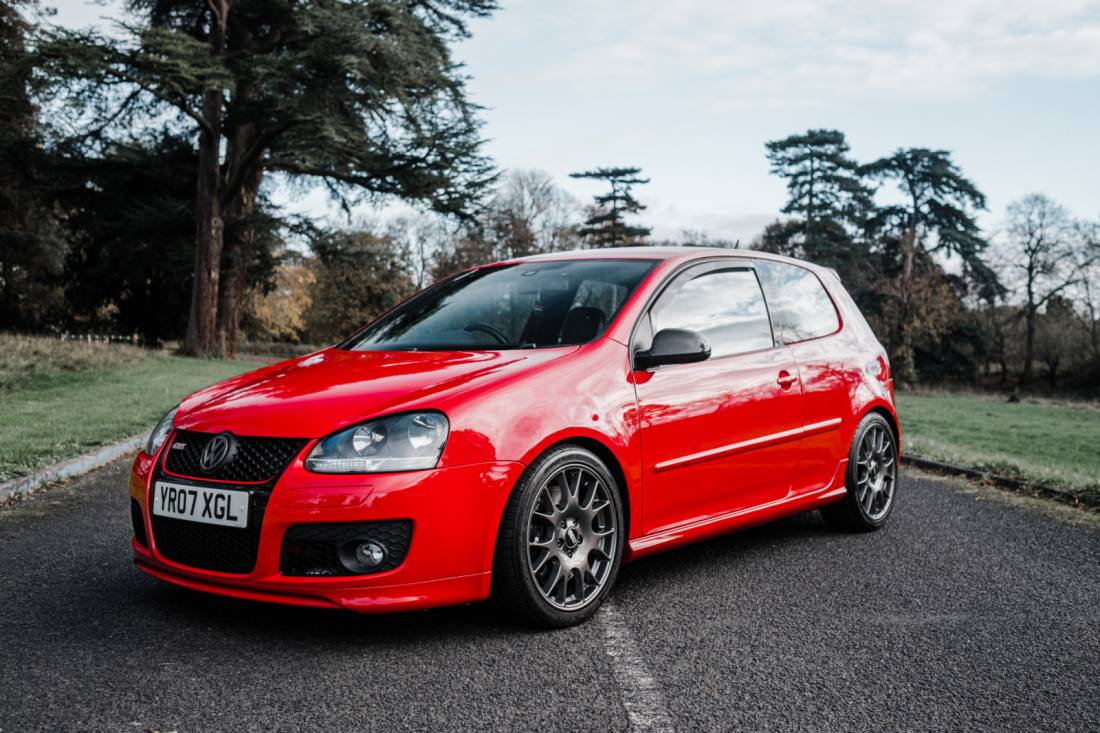
5. Volkswagen GTI Mk5 (2006–2009)
The Mk5 GTI, equipped with the 2.0-liter FSI turbocharged engine (code: BPY), offered sharp handling and lively performance. Unfortunately, it also came with a laundry list of issues that could lead to serious engine problems.
Chief among them were carbon buildup, cam follower failures, and timing chain tensioner malfunctions..Cam follower failure was particularly disastrous, as it could destroy the high-pressure fuel pump and, in severe cases, send metal fragments into the engine.
Carbon buildup on the intake valves, a common problem with direct-injection engines, caused power loss and misfires. If not cleaned regularly, this buildup could result in rough running and long-term reliability issues.
Many owners experienced turbo-related issues as well, particularly with the diverter valve and wastegate. These parts were prone to failure, leading to boost leaks and performance degradation.
The Mk5 GTI can be a great driver’s car — but only for those willing to stay on top of a demanding maintenance schedule and fix problems before they escalate into full-blown engine disasters.
Also Read: 5 Cars That Still Drive Like New After 200K Miles and 5 That Don’t
Turbocharged engines offer great performance, but they require thoughtful engineering and regular maintenance to remain reliable. The six cars listed in the “reliable” category have proven themselves through engineering excellence, durability, and strong community feedback.
Whether it’s the bulletproof Toyota 2JZ or the cutting-edge Hyundai Elantra N, these cars demonstrate that turbocharging doesn’t have to mean trouble.

